An adjustable wrench, as its name suggests, is a versatile tool with a movable jaw, allowing it to adapt to different sizes of nuts and bolts. This key feature sets it apart from fixed-size wrenches, making it a staple in toolboxes worldwide. The adjustable wrench’s ingenious design enables it to handle a wide range of fasteners, from the tiniest bolts to larger nuts, providing convenience and flexibility in various applications. Whether you’re a DIY enthusiast, a professional mechanic, or just someone who occasionally needs to tighten a loose bolt, having an adjustable wrench in your toolbox ensures you’re ready for any task that comes your way. Its simple functionality and adaptability make it an indispensable tool, capable of tackling a myriad of repair and maintenance projects with ease and precision. So, next time you encounter a stubborn bolt or a loose nut, reach for your trusty adjustable wrench, knowing that it will effortlessly handle the job at hand.
What is an Adjustable Spanner?
An adjustable spanner, also known as an adjustable wrench, is a versatile tool mainly used in countries like the UK, Ireland, and Australia. It is characterized by its movable jaw that can be adjusted to fit different sizes of nuts and bolts. This tool, like the adjustable wrench, is a staple in many toolboxes due to its flexibility and usability in a wide range of tasks.
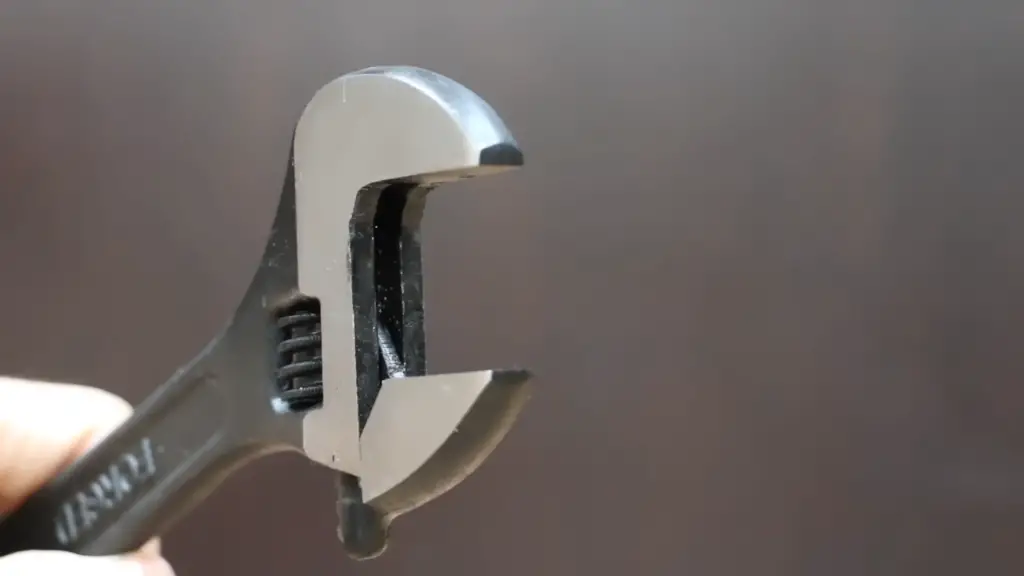
The adjustable spanner is designed to provide a secure grip and torque, allowing users to tighten or loosen fasteners with ease. Its adjustable feature eliminates the need for multiple wrenches of different sizes, making it a convenient and space-saving option for various mechanical tasks.
Who invented the Adjustable Spanner?
The invention of the adjustable spanner, or wrench, is credited to Edwin Beard Budding, a renowned inventor from Stroud, England. In 1842, Budding, already well-known for his groundbreaking invention of the lawnmower, was granted a British patent for his ingenious creation, the “adjustable spanner.” This remarkable tool was designed to assist in the assembly of his revolutionary gardening implement.
Driven by his innovative mindset and practical approach, Budding’s invention of the adjustable spanner had a profound impact on mechanical tasks. Its versatility allowed it to accommodate a wide range of bolt sizes, making it an indispensable tool in various industries. From small household repairs to large-scale industrial projects, the adjustable spanner became a symbol of efficiency and convenience.
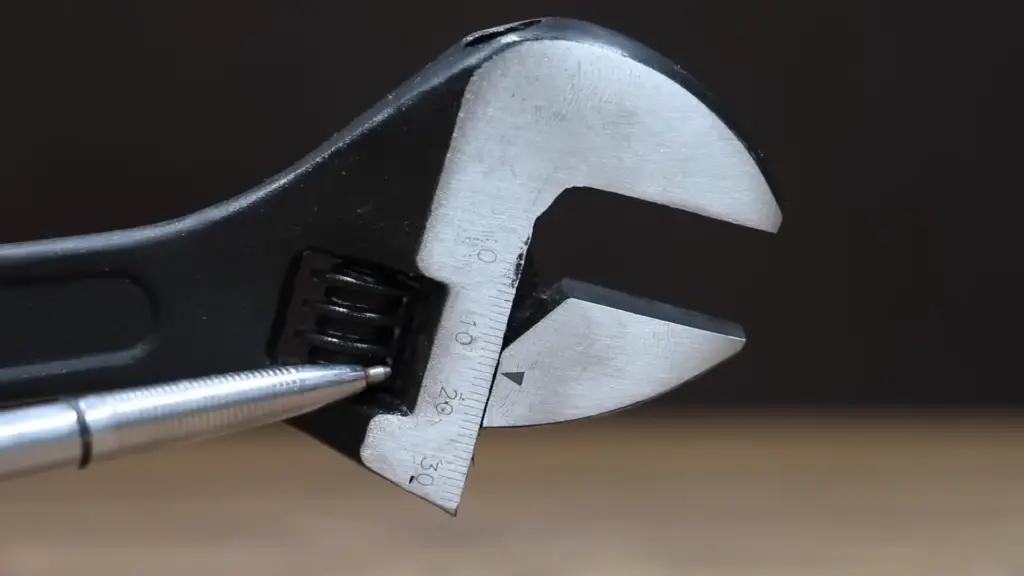
Budding genius lay not only in his ability to envision the need for such a versatile tool but also in his foresight to develop it. His invention revolutionized the way mechanical tasks were performed, providing a practical solution that saved time and effort. Today, his adjustable spanner continues to play a vital role in the world of mechanics, a testament to Budding’s ingenuity and enduring legacy.
By expanding the capabilities of this tool, Budding forever changed the landscape of mechanical engineering, leaving behind a lasting impact that continues to shape the way we approach and solve problems in the modern world. [2]
How to use an Adjustable Spanner
To use an adjustable spanner, start by locating the worm screw, which is positioned just below the static jaw. Rotate the worm screw in a counter-clockwise direction to open the jaw of the tool. Next, adjust the size of the spanner until the jaws fit securely around the nut or bolt that needs to be turned. It is crucial that the grip is firm, with no slippage whatsoever.
Once the jaws are properly positioned, apply pressure on the fixed, or static, jaw while turning the wrench in the required direction. If you need to loosen the nut or bolt, turn it counter-clockwise; if tightening is necessary, turn it clockwise. By exerting pressure on the fixed jaw, you reduce the risk of the adjustable jaw slipping and potentially rounding the corners of the nut or bolt.
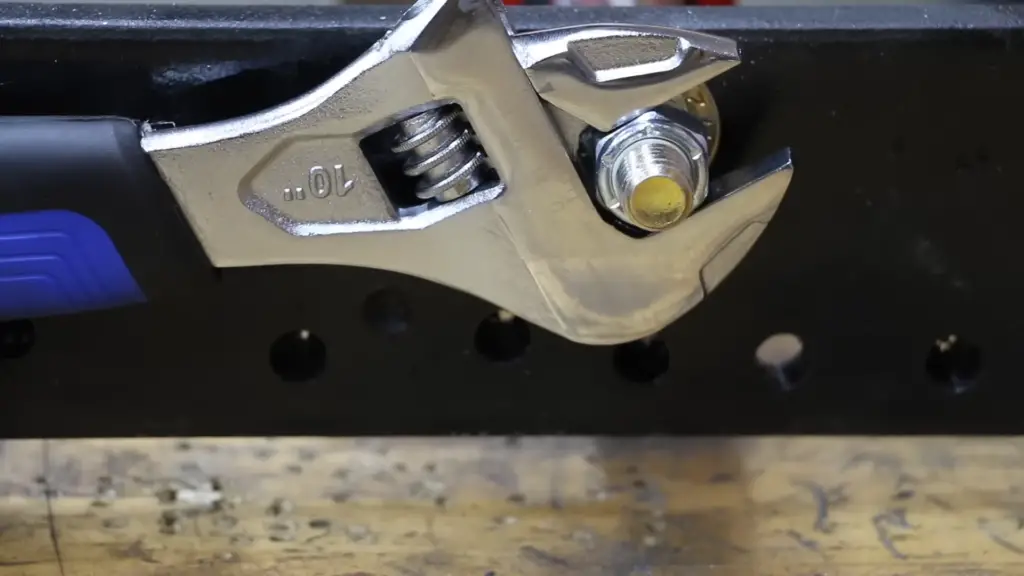
After you have completed your task, it is advisable to retract the jaws back to a closed position for storage. This not only helps protect the spanner but also ensures safe handling when not in use. Remember, using an adjustable spanner effectively requires patience and precision. With practice, it will become a simple yet powerful tool in your kit, adding versatility and convenience to your projects. [2]
General adjustable spanner safety tips
When using an adjustable spanner, ensuring safety is of utmost importance. Here are some detailed safety tips to keep in mind:
Always use the right size: It is crucial to make sure that the jaws of the spanner fit snugly around the nut or bolt. Using a spanner that is too large can result in the tool slipping, potentially causing injury. Conversely, using a spanner that is too small may not provide enough grip to adequately tighten or loosen the fastener.
- Avoid over tightening: Over tightening a nut or bolt can strip its threads, making it difficult to remove in the future. It could also potentially break the tool itself. Remember to apply just enough force to achieve the desired tightness without exceeding it.
- Keep the tool clean: Regularly cleaning your spanner is essential to maintain its functionality. Dirt and grime can accumulate over time and cause the adjustable mechanism to stick, making it less effective and more challenging to use. A clean and well-maintained spanner ensures smooth operation and prolongs its lifespan.
- Inspect before use: Before using the spanner, take a moment to inspect it for any signs of damage. Check the jaws for cracks or deformities, and ensure that the adjustable mechanism is working correctly. If you notice any issues, do not use the tool as it may compromise safety and effectiveness.
- Proper usage technique: When applying force, always exert pressure on the fixed jaw of the spanner and not the adjustable one. This helps to minimize the risk of slippage and ensures a secure grip on the fastener. Additionally, using the spanner at the correct angle can improve leverage and make the task easier.
- Embrace protective gear: It is crucial to prioritize personal safety when working with tools. Always wear appropriate protective clothing and safety equipment, such as safety glasses to shield your eyes from potential flying debris, and sturdy gloves to protect your hands from cuts or abrasions. Additionally, consider using ear protection if working in a noisy environment.
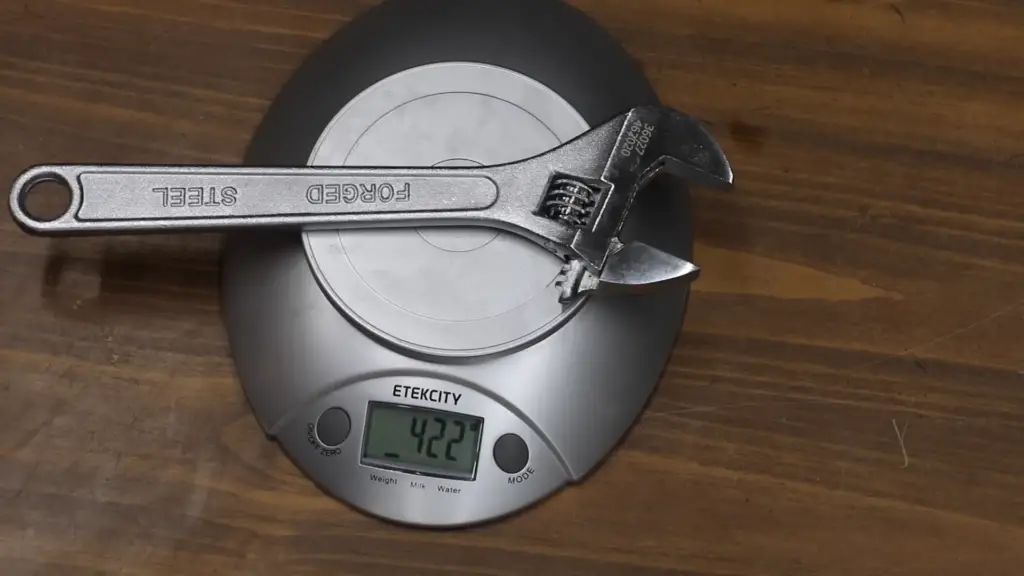
By following these comprehensive safety guidelines, you can ensure not only the successful completion of your task but also your overall well-being. Remember, prioritizing safety is vital for a productive and injury-free work experience. [3]
Adjustable spanner lengths and jaw capacities
Adjustable spanners, also known as wrenches, are versatile tools that come in various lengths and jaw capacities to cater to a wide range of applications. These handy tools are designed to provide a secure grip and torque, making them indispensable in many industries and DIY projects.
When it comes to length, adjustable spanners offer options to suit different needs. Smaller 4-inch models are ideal for delicate or confined work, allowing for precise adjustments in tight spaces. On the other hand, larger 24-inch versions are specifically crafted to handle hefty nuts and bolts in heavy-duty tasks, providing the necessary leverage to tackle challenging projects.
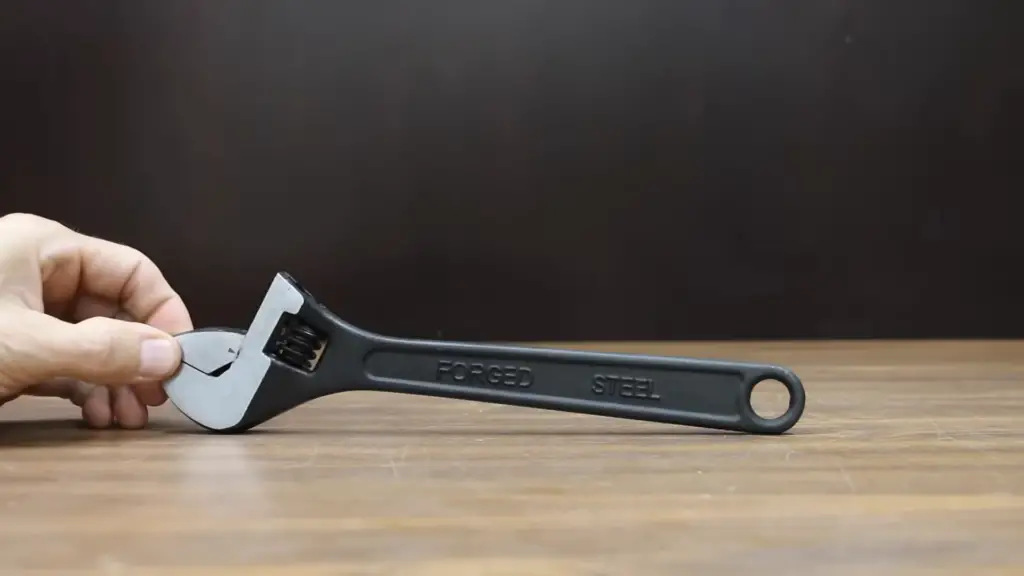
Furthermore, the jaw capacity of an adjustable spanner determines its ability to accommodate different sizes of fasteners. A 4-inch spanner may have a jaw capacity of around 1/2 inch, while a 24-inch spanner could open up to 3 inches or even more. It is crucial to select the appropriate size for the job at hand to ensure effective operation and prevent any potential damage to the tool or hardware being worked on.
By carefully selecting the right adjustable spanner for your specific task, you can ensure a secure grip, optimal torque, and efficient completion of your projects. So, next time you find yourself in need of a reliable tool, take into account the size of the hardware and the working conditions to make an informed decision. [3]
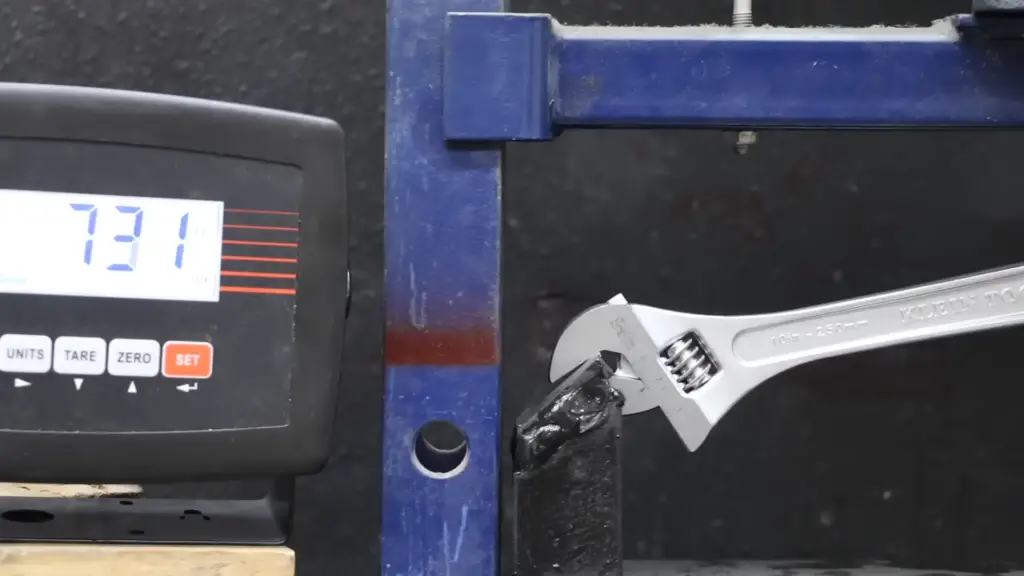
FAQ
What is an adjustable wrench used for?
An adjustable wrench is primarily used for turning nuts and bolts of different sizes. The adjustable feature of the tool allows for a range of sizes, which makes it incredibly useful in various situations. It is often employed in plumbing for tightening or loosening pipe fittings, and in automotive repair to work on engines and mechanical parts. In addition, it’s a popular tool in many household tasks, such as furniture assembly or minor repairs. This versatility is what makes the adjustable wrench an indispensable tool in virtually any toolkit.
What is an adjustable wrench easy definition?
An adjustable wrench, also known as an adjustable spanner, is a versatile hand tool commonly found in toolkits of professional mechanics and DIY enthusiasts alike. This tool features a “jaw” that can be adjusted to fit nuts and bolts of different sizes, providing a one-size-fits-all solution for tightening or loosening fasteners. To adjust the wrench’s size, the user simply turns a screw located near the jaw, allowing it to expand or contract accordingly.
The design of the adjustable wrench offers adaptability and ease of use, making it an essential tool for various applications. Its ability to accommodate different sizes of nuts and bolts adds convenience and efficiency to any task. Whether you’re working on a small home repair project or tackling complex mechanical tasks, the adjustable wrench ensures a secure grip and smooth operation.
With its durability, reliability, and ergonomic design, the adjustable wrench has become a staple tool for professionals and DIYers alike. Its presence in toolkits is a testament to its usefulness in tackling a wide range of maintenance and repair tasks. Next time you encounter a fastener that needs attention, reach for the adjustable wrench and experience its practicality firsthand.
What is an example of an adjustable wrench?
One widely recognized example of an adjustable wrench is the Crescent brand adjustable wrench. It offers a broad size range, robust design, and ease-of-use, making it a favorite among professionals and DIY enthusiasts alike. The Crescent adjustable wrench features a laser-etched scale in both metric and SAE systems for easy size adjustment, a wider knurl for smooth jaw adjustment, and a small head profile that fits in tight spots. Its versatile design makes it suitable for a wide array of tasks, embodying the key attributes that have made the adjustable wrench a cornerstone of toolkits around the world.
What is the difference between a wrench and an adjustable wrench?
Traditional wrenches and adjustable wrenches both turn nuts and bolts, but they have distinct differences. A standard wrench, also called a fixed or combination wrench, has a set size on each end to fit specific nut or bolt sizes precisely. These are used when the size is known and a secure grip is vital.
On the other hand, an adjustable wrench has a movable jaw to accommodate a range of sizes. This provides flexibility when the sizes vary or are unknown. However, the fit may not be as precise as a standard wrench, making it less ideal for tasks requiring a tight grip. Still, the versatility of an adjustable wrench makes it valuable in any toolkit.
What do British people call a wrench?
In the United Kingdom, the term primarily used for what Americans call a “wrench” is a “spanner.” Therefore, an adjustable wrench is commonly referred to as an “adjustable spanner” in British English. This terminology extends to all types and sizes of wrenches, with specific names given according to their purpose, such as “ring spanner,” “box spanner,” and “open-end spanner.” Although the terms vary, the functionality and purpose of the tool remain the same across different dialects of the English language.
What is another name for an adjustable wrench?
The adjustable wrench, a versatile tool that can adjust to fit various sizes of nuts and bolts, is known by different names around the world, further highlighting its global prevalence and use. One of the most common alternative names is the “Crescent Wrench”, derived from the brand name of a popular manufacturer. This name is predominantly used in North America. In the United Kingdom, as mentioned earlier, it is referred to as an “adjustable spanner”, emphasizing its capacity for spanner-like functionality. Additionally, in Australia and New Zealand, it goes by the names “shifting spanner” or simply “shifter”, underscoring its ability to shift and adapt. Some even refer to it as a “French key”, though this name is less commonly used. Meanwhile, in Canada, it may be called a “monkey wrench”, although technically this term refers to a distinct, albeit similar, type of tool. Despite the myriad of names, they all point to the same indispensable tool that has become a staple in many toolboxes worldwide.
What wrench is not adjustable?
A wrench that is not adjustable, commonly known as a fixed or open-ended wrench, is a specialized tool used for fastening and loosening nuts and bolts. Unlike the versatile adjustable wrench, this type of wrench has a fixed size on each end, specifically designed to fit a particular size of nut or bolt. Each fixed wrench is labeled with its size, ranging from small to large, to ensure the perfect fit for different applications.
One of the advantages of fixed wrenches is their precise fit, which allows for a secure grip on the fastener, minimizing the risk of slippage and potential damage. This makes them an ideal choice for tasks that require a high level of accuracy, such as automotive repairs, plumbing installations, or construction projects.
Furthermore, fixed wrenches are often purchased in sets that include various sizes, providing versatility and accommodating a wide range of nuts and bolts. The double-ended design of these wrenches offers two different sizes in one tool, further enhancing their utility and convenience.
While fixed wrenches lack the flexibility of adjustable wrenches, their specialized design and precise fit make them indispensable tools for professionals and DIY enthusiasts alike. Whether you’re working on intricate machinery or tackling household repairs, having a set of fixed wrenches at your disposal ensures you have the right tool for the job.
What are the two types of adjustable wrenches?
Adjustable wrenches, a versatile tool, can be broadly classified into two main types: traditional adjustable wrenches and pipe wrenches. The traditional adjustable wrench, also known as the crescent wrench or adjustable spanner, boasts a flat jaw that can be conveniently widened or narrowed to accommodate a range of nut and bolt sizes. This adaptable feature is made possible by an adjustment mechanism, typically a worm gear or thumbwheel, conveniently located near the jaw. The traditional adjustable wrench finds widespread use across various fields, especially when the exact sizes of nuts and bolts are unknown or variable, making it an indispensably handy tool.
On the other hand, the pipe wrench is explicitly designed for working with iron or steel pipes. It features a toothed jaw, ensuring a secure grip on the pipes. The adjustment mechanism of the pipe wrench is similar to that of the traditional adjustable wrench, allowing for easy customization. However, it’s important to note that due to its toothed design, the pipe wrench can potentially damage the surfaces of nuts and bolts. Consequently, it is typically reserved for use on pipes or fittings that won’t be visible or need to be aesthetically pleasing. Both types of adjustable wrenches have their unique applications, making them essential tools in various industries.
By providing this additional detail, we gain a deeper understanding of the functionality and purpose behind each type of adjustable wrench, enhancing our knowledge and appreciation of these indispensable tools.
What is the American name for an adjustable spanner?
In the United States, an adjustable spanner, commonly known as an “adjustable wrench,” is a versatile tool used in various professions and DIY projects. Another widely used term for this tool in the U.S. is a “Crescent Wrench,” derived from the reputable brand Crescent, which is renowned for manufacturing high-quality adjustable wrenches.
The adjustable wrench, or adjustable spanner, is designed to adapt and fit a wide range of nut and bolt sizes, making it an indispensable tool for tasks requiring versatile functionality. Its ability to adjust and securely grip different sizes of fasteners allows users to tackle a wide array of repair, maintenance, and construction projects with ease.
Whether you’re a professional tradesperson or an enthusiastic DIYer, having an adjustable wrench in your toolkit ensures that you have the right tool for the job, regardless of the specific nut or bolt size. Its reliable and practical design has made it a staple in workshops, garages, and toolboxes across the country.
Useful Video: Best Wrench (ADJUSTABLE)? Craftsman USA vs Craftsman, Crescent, Kobalt, Milwaukee, Channellock
Conclusion
An adjustable wrench, also known as an adjustable spanner in the United Kingdom, is a versatile tool that holds a prominent place in various toolkits around the world. This handy tool stands out for its remarkable ability to adapt to a wide assortment of nut and bolt sizes, unlike its fixed counterpart. The adjustable wrench’s versatility and convenience make it a go-to option for many tasks.
When it comes to wrenches, precision and exact fit are crucial. While an adjustable wrench provides flexibility, the fixed or open-ended wrench offers unparalleled accuracy and stability, making it the preferred choice for specific tasks. The adjustable wrench category encompasses two primary types: the traditional adjustable wrench and the pipe wrench, each with its own unique uses and advantages.
It’s worth noting that the name of this indispensable tool can vary across different regions. In the United States, it is commonly referred to as a “Crescent Wrench,” while in Australia and New Zealand, it goes by the name “shifter.” Regardless of its name, the adjustable wrench continues to be an essential tool in various fields, including mechanical engineering and home DIY projects.
With its adaptability, durability, and wide range of applications, the adjustable wrench remains a trusted companion for professionals and DIY enthusiasts alike. Its ability to tackle different tasks with ease makes it an invaluable addition to any toolbox, ensuring efficiency and precision in various mechanical and repair endeavors.
References
- https://www.homequestionsanswered.com/what-is-an-adjustable-wrench.htm
- https://www.toolstop.co.uk/blog/knowledge-base/everything-you-need-to-know-about-the-adjustable-spanner
- https://uk.rs-online.com/web/content/discovery/ideas-and-advice/adjustable-spanners-guide






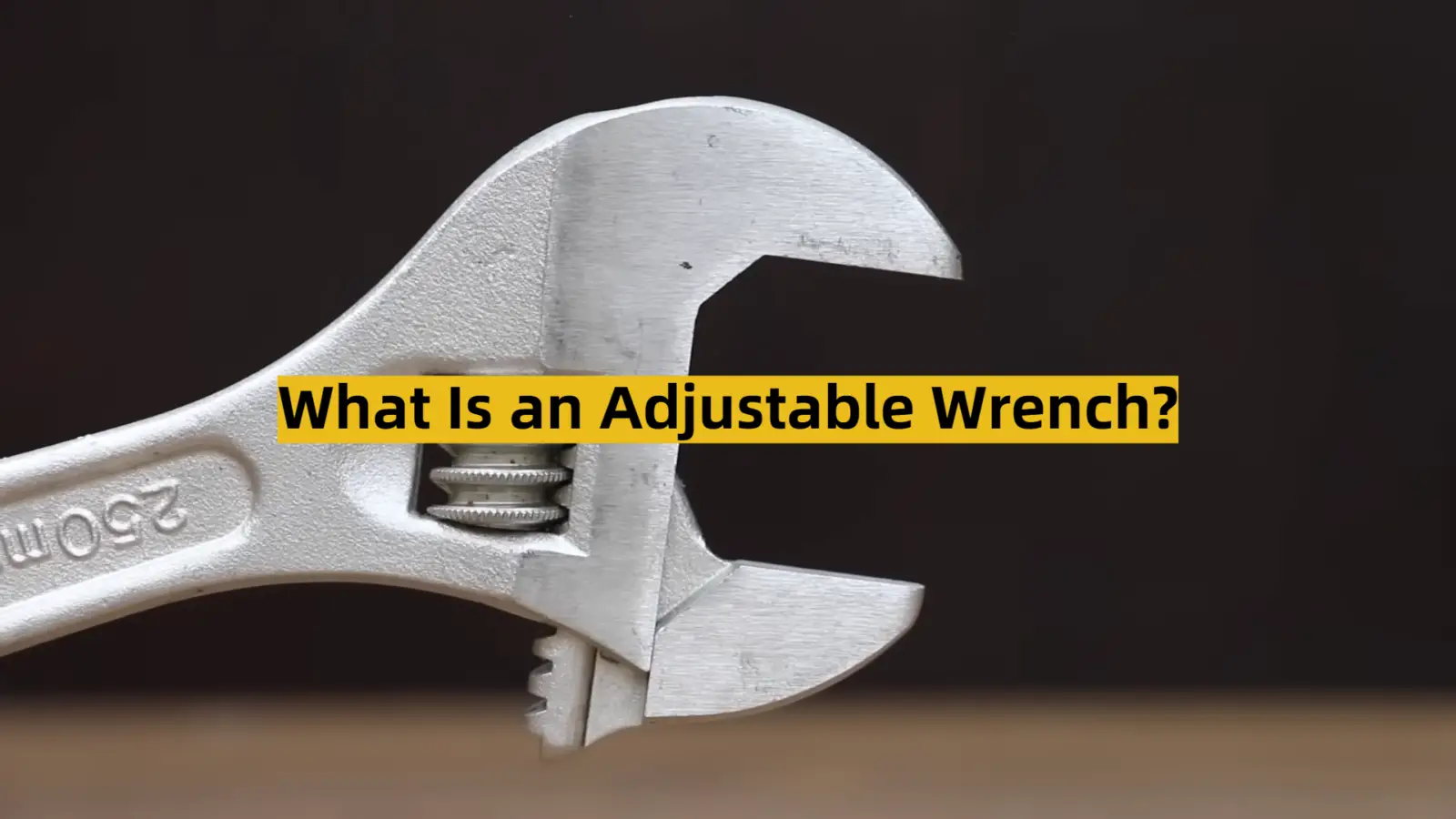




Leave a Reply